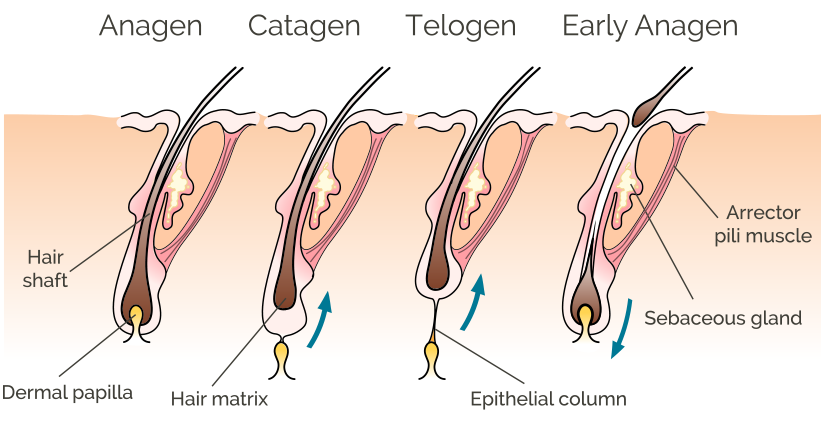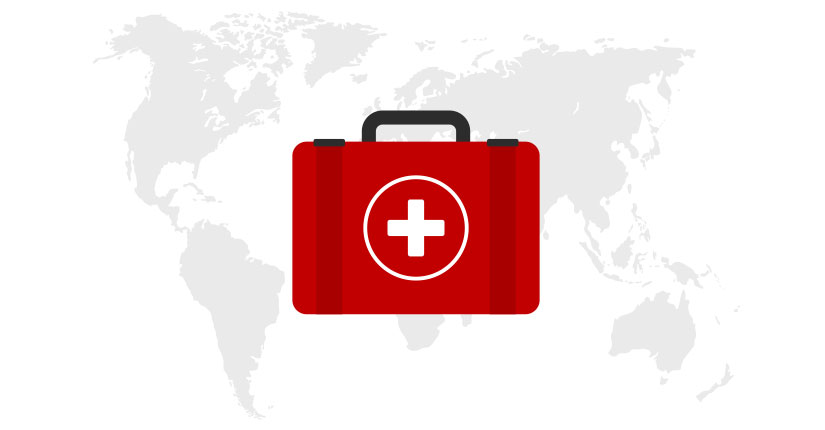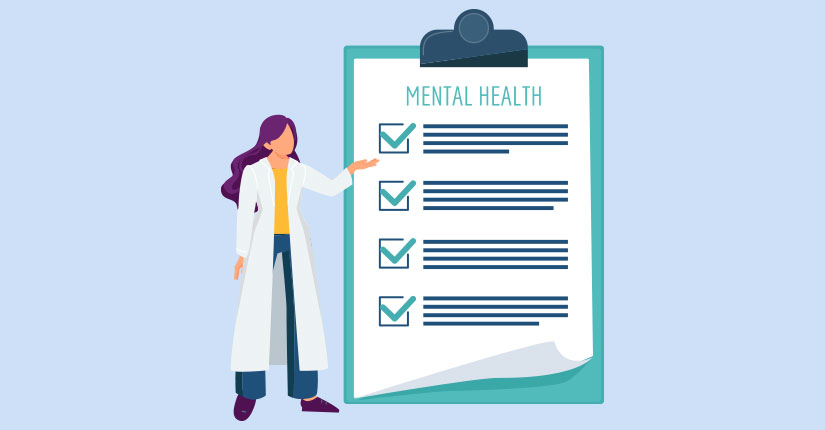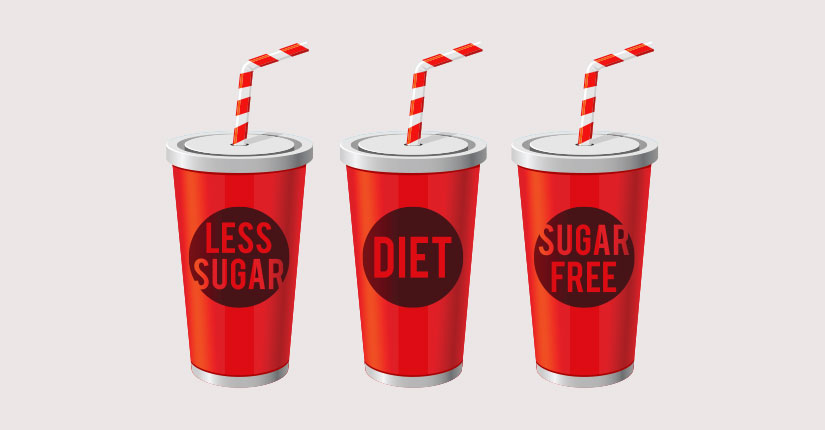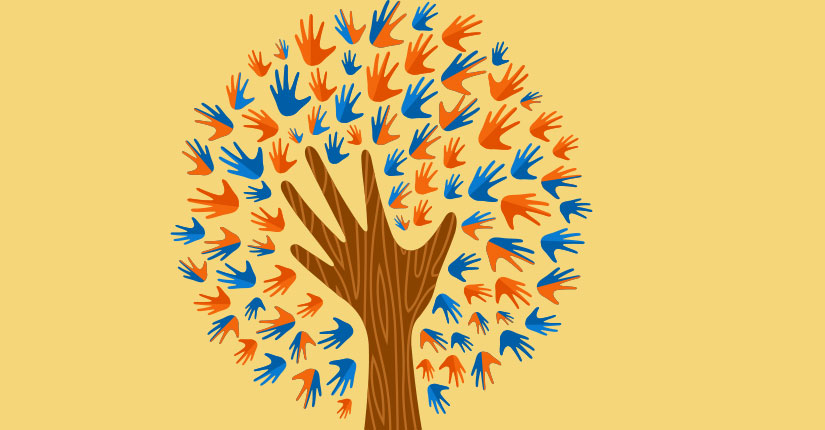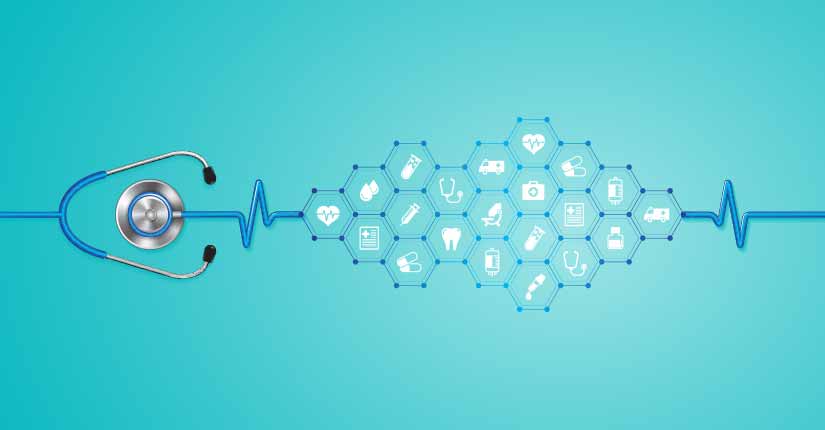Medical Coding: An Often-Overlooked Yet Incredibly Essential Component of Healthcare
By Sachin Sinha 26-Oct 2020 Reading Time: 10 Mins

One of the most widely propagated myths about the healthcare industry is that it only offers lucrative career opportunities to doctors, nurses, and various other types of medical service providers. However, the reality is completely different, especially in today’s age, when technology has penetrated almost every industry and facet of our professional and personal lives. Rapid technological innovations in the life sciences industry have opened doors for countless careers and niches. Medical coding is one such niche that is rapidly gaining traction as an attractive career option among millennials and those belonging to the generation X demography around the world.
As per the American Academy of Professional Coders (AAPC), “Medical coding is the transformation of healthcare diagnosis, procedures, medical services, and equipment into universal medical alphanumeric codes”. In simpler terms, medical coding is basically the method of translating medical and healthcare information and important data into simple and easy-to-understand codes, so that the medical records can be easily documented and accurate healthcare billing generated. This technique of medical record-keeping can be traced back to the 17th century, which is nearly over 200 years before the advent of modern record-keeping methods.
Since then, the process has evolved significantly, with modern computers and artificial intelligence (AI)-based devices replacing the traditional bookkeepers in recent times. It is now an integral component of medical care, so much so, that it happens every time you visit your family doctor or any healthcare facility. The caregiver diagnoses your condition, reviews your medical history, prescribes the required treatment and medication, and then documents the meeting. Apart from being the patient’s medical record, this documentation is also precisely the way the caregiver gets paid.
The growing popularity of this record-keeping approach is causing the rapid surge of the global medical coding market size. As a result, the value of the industry is predicted to grow from $15.2 billion to $42.4 billion from 2019 to 2030. Furthermore, the market will advance at a CAGR of 9.6% from 2020 to 2030.
What Is Biggest Factor Boosting Demand for Medical Coding?
In addition to the growing requirement for healthcare documentation, the rising prevalence of insurance frauds in the medical industry is also fueling the surge in the demand for medical coding across the world. Insurance frauds cause heavy financial losses to businesses operating in the healthcare industry. As per the findings of the National Health Care Anti-Fraud Association (NHCAA), healthcare firms in the U.S. record losses amounting to billions of dollars every year because of insurance frauds.
Furthermore, the organization reports that nearly $3.6 trillion worth of investments were made in healthcare services in the U.S, which consisted of innumerable health insurance claims, in 2018. This also included the expenditure on healthcare services and goods, the net cost of medical insurance, various public health activities and programs, and other investments associated with medical care. Several of the insurance claims filed that year were fraudulent.
The adoption of medical coding allows medical billers to produce uniform checklists that are to be followed as per the process claims. The irregularities in the document allow the billers to detect frauds, before it is submitted to the insurance company.
Rising Requirement for Modernizing Hospital Billing Procedures also of Help
Besides the growing prevalence of insurance frauds, the ballooning requirement for advanced billing procedures, especially in hospitals, is also pushing up the demand for medical coding services. The utilization of medical coding has made medical billing processes highly effective, especially since the adoption of the current procedural terminology (CPT) medical code. This code was developed by the American Medical Association (AMA) for assisting hospitals in standardizing their billing procedures.
The overall coding system consists of alphanumeric codes that are designated for describing the various medical services and treatments offered by a doctor or healthcare facility. These codes are entered and stored in a database, which is later used for billing insurance firms for the medical services rendered. This billing system allows medical professionals to keep a better track of financial records, including the receipt of healthcare payments in hospitals.
Hospitals Are Biggest End Users of Medical Coding Systems!
Between diagnostic centers and hospitals, which are the two major end users of medical coding services, their usage is predicted to be the highest in hospitals in the future. This is mainly because hospitals are generally the first and primary healthcare facilities that people visit for disease diagnosis, management, and treatment. According to many reports, the International Classification of Diseases – 11th Revision (ICD-11) will be used extensively, as the new standard, by all nations around the world by 2022.
This standard contains almost 55,000 codes, which is as much as four times the number of diagnostic codes incorporated in the ICD-10 standard. Moreover, medical coding is used in most of the hospitals in Germany, the U.S., the U.K., and France during the treatment of patients, as an essential component of the overall hospital revenue management method. In addition to this, the presence of numerous hospitals, growing incidence of various chronic diseases, and rising patient preference for hospitals over other healthcare facilities are bolstering the requirement for medical coding systems in hospitals across the world.
Large-Scale Utilization of Medical Coding in German and French Hospitals
Till now, the sales of medical coding systems have been higher in Europe, in comparison to other regions of the world. This is primarily because of the presence of strict regulations in several European countries that mandate the usage of medical coding in hospitals and other healthcare settings and the high volume of hospital visits in the region. These devices have enabled the healthcare bodies operating in Europe to undertake a statistical analysis of ailments and diseases and prescribe suitable medication and treatment to patients.
Apart from the aforementioned factor, medical coding has also helped medical insurance providing companies offer easy and quick reimbursement of healthcare bills. Further, the rapid spread of the COVID-19 infection in various European countries, such as Spain, Italy, the U.K., Russia, and Germany, has augmented the requirement for medical coding systems, as the usage of these systems is helping hospitals efficiently manage and allocate healthcare resources and effectively monitor the spread of the infection.
Hence, the demand for medical coding services will certainly surge all over the world in the coming years, mainly because of the rising incidence of insurance frauds and growing requirement for advanced and highly effective billing procedures and record-keeping methods in hospitals and other healthcare facilities.



